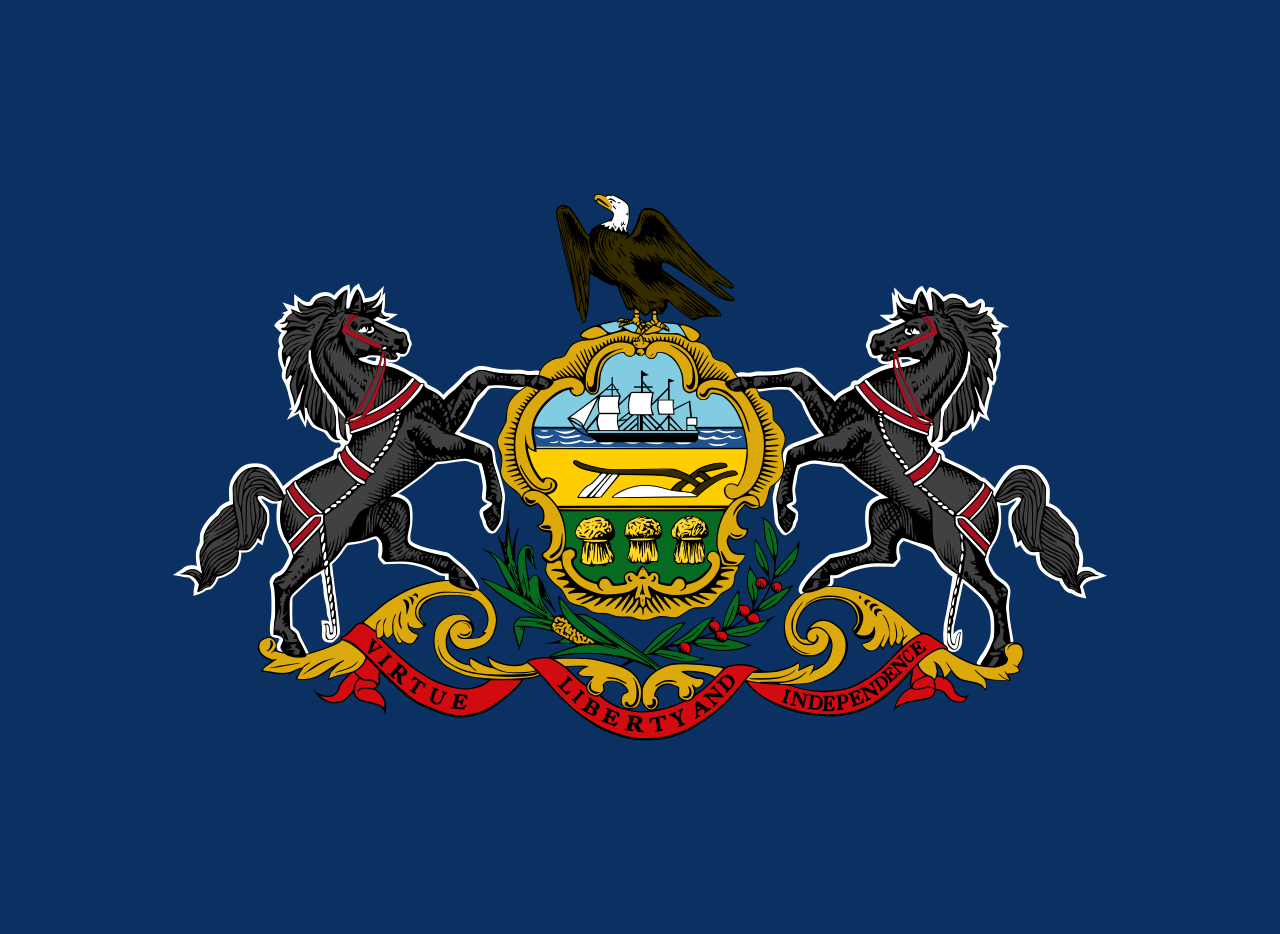Thousands of minks running amok in Pennsylvania wasn’t on our current-events bingo cards. Now, experts are warning people not to approach them.
Over the weekend, Pennsylvania State Police reported that holes were cut into Richard Stahl Fur Farm’s fence in Rockefeller Township, Northumberland County. The incident has led to an estimated 6,000 to 8,000 minks roaming free in the Sunbury area.
“Right now it’s like living in some sort of sci-fi movie or horror film,” local resident Erin Bourinski wrote in a Facebook post. “Everywhere you look, there’s minks — running through the fields, standing in the roads, trying to find shelter in random houses.”
In a statement, Pennsylvania Game Commission Lt. Aaron Morrow said the agency was aware of the escaped minks.
“What we are trying to tell the public is if you see a mink to give it space,” he said. “Do not approach or try to pick it up because of the potential of a bite or scratch or exchange of saliva.”
Here’s what you need to know.
What does the Richard Stahl Fur Farm do?
The Richard Stahl Fur Farm opened in 1955 and is one of Pennsylvania’s few remaining mink pelt producers.
The United States had about 100 mink farms across 16 states as of last year, according to Fur Commission USA, the national nonprofit that represents mink farmers (one of the family members who run the farm, Mark Stahl, is a longtime Fur Commission USA board member, public records show).
Mink and fox pelts hearken back to a time in fashion when fur pelts were a highly desired luxury item. In recent years, interest has dwindled due to animal activism, climate change awareness, and developments in faux fur manufacturing, leading to many fur farms closing.
Last year, the U.S. House passed a bill aiming to ban mink farming and fur production. But it was not supported by the Senate and did not become law.
The Stahl farm could not be reached for comment.
Can you tell me more about minks?
Minks are carnivorous mammals part of the family that includes weasels, otters, and ferrets.
They can be black, white, or brown in color and range in size from about 12 to 20 inches.
The Pennsylvania Game Commission says they have excellent hearing, sight, and a good sense of smell. They can swim and dive and are most active at night and early in the morning. They travel at slow paces and can go for miles, also surviving cold weather.
People for the Ethical Treatment of Animals President Ingrid Newkirk told The Daily Item, Sunbury’s local newspaper, that minks are “naturally shy and fearful of humans.”
They’re also considered fierce predators and “opportunists,” feeding on whatever they can easily find or catch. They can attack small animals, including kittens and rabbits.
For that reason, veterinarians are urging pet owners to keep their animals inside and monitor them when they go out.
What should I do if I encounter a mink?
Experts — including PETA and veterinarians — are encouraging locals to leave the minks alone.
Regional leaders established a hotline locals can call if they spot a mink: 570-988-4217.
Professional trappers (or members of the public) are asked to bring any caught minks to Sunbury Animal Hospital, 3920 State Route 890, Sunbury.
Dead minks should be reported to the Pennsylvania Game Commission by calling 833-742-4868 or 833-742-9453.
Several have been caught, though exact numbers weren’t available. Police also said several minks have been found deceased along a main road.
“We just wanted to help out here,” Cassie Marks, of Sunbury told The Daily Item after capturing and turning in four of the minks.
Who cut the holes in the fence?
It’s unclear who the hole-cutting culprit was, but a state police report says the act is being considered “agricultural criminal mischief.”
Multiple law enforcement agencies are investigating the holes in the fence.
In the past, animal activism groups like The Animal Liberation Front have led similar mink-freeing initiatives, but no direct ties to this instance have been drawn.
Critics say that if the motive was animal activism, it is misguided, since the animals were raised in captivity, will not be able to become pets, and can harm agritourism efforts.
“I don’t agree with fur farming at all, but I also don’t agree with releasing thousands of confused predators into the wild because it made them feel better,” Bourinski said.
In 2017, when 30,000 to 40,000 minks were released from a Minnesota mink-pelt farm, most ended up dead according to Slate.
Northumberland County District Attorney Tony Matulewicz told The Daily Item that the minks’ escape could also negatively impact other farms and animals, potentially leading to millions of dollars in damages.
What happens next?
As multiple state agencies and farm staff continue recovery efforts, experts concede that there are a lot of unknown factors hanging in the balance.
“We obviously don’t know where they will go,” Morrow with the Game Commission said.
Sunbury Animal Hospital Veterinarian Beverly Shaw said she’s not sure what comes next and that the area could end up with a growing mink population since it’d be impossible to catch all of the thousands that got loose.
The Pennsylvania Game Commission says wild minks typically mate from February through April with male minks often mating with several female minks. They typically dwell in Southeastern Pennsylvania along streams and lakes in wooded areas.



It ain’t cool and normal RIP to Pennsylvania’s ecosystem